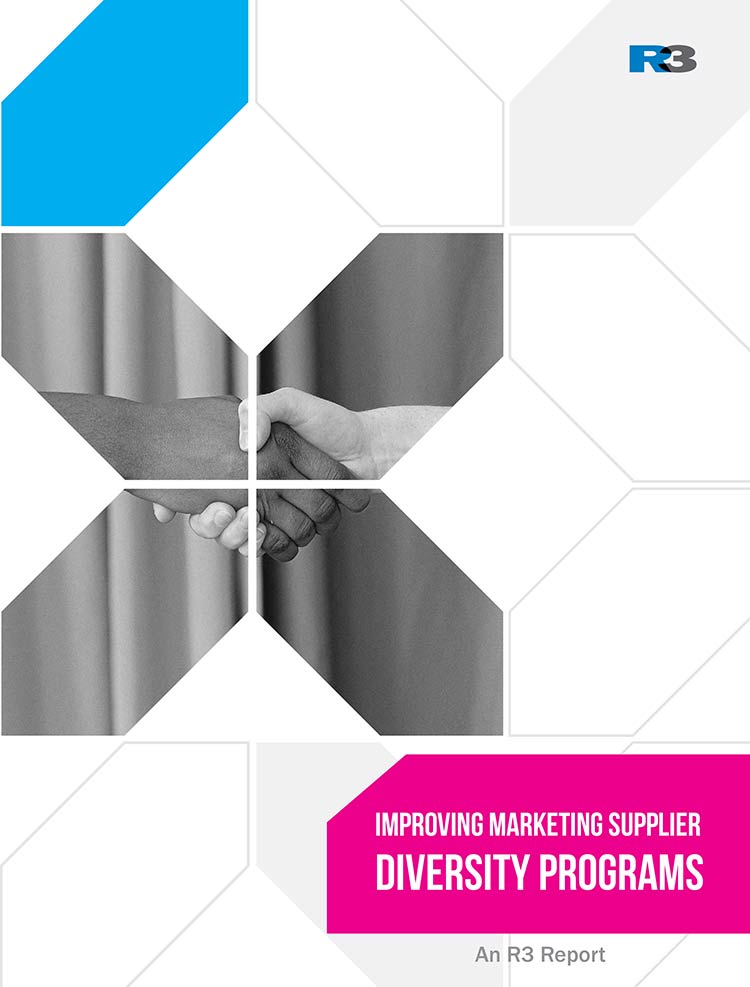Supplier diversity programs have become familiar components of overall business thanks to heightened awareness around the benefits and advantages of developing more sustainable and inclusive supply chains.
In a recent ANA survey (2021), 69% of marketers said they had a supplier diversity program for marketing. This is up from 40% in 2020. However, 48% of these programs are 5 years old or younger.
As marketing procurement teams incorporate supplier diversity into existing agency and vendor partnership processes, unique advantages and challenges have been noted. Working with diverse suppliers encourages companies to adopt more efficient procurement ways of working. But maintaining the supplier pool and measuring short- and long-term performance demands specialization, and an ability to apply demographic data in a meaningful way.
This report is only part of a much wider conversation about inclusivity and marketing performance that we hope to have with you. There is more to be done to make supplier diversity programs more effective, efficient, and accountable in our industry. Successful programs require stakeholders to understand both business and human issues, and challenges marketing and procurement leaders to be bold in their leadership.
“Procurement teams often evaluate vendors based on pricing or value, making it difficult for diverse-owned companies to get into the mix. Having a shared understanding across stakeholders to the purpose and goals of having a marketing supplier diversity program will help accelerate progress, impact, and the overall success of the initiative.”
Featured in this R3 report:
- Supplier diversity programs of leading advertisers
- Tracking the diversity dollar
- What does applying diversity and inclusion to marketing procurement look like?
- Supplier diversity metrics

